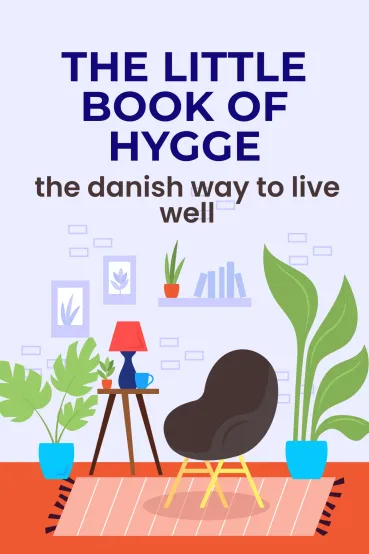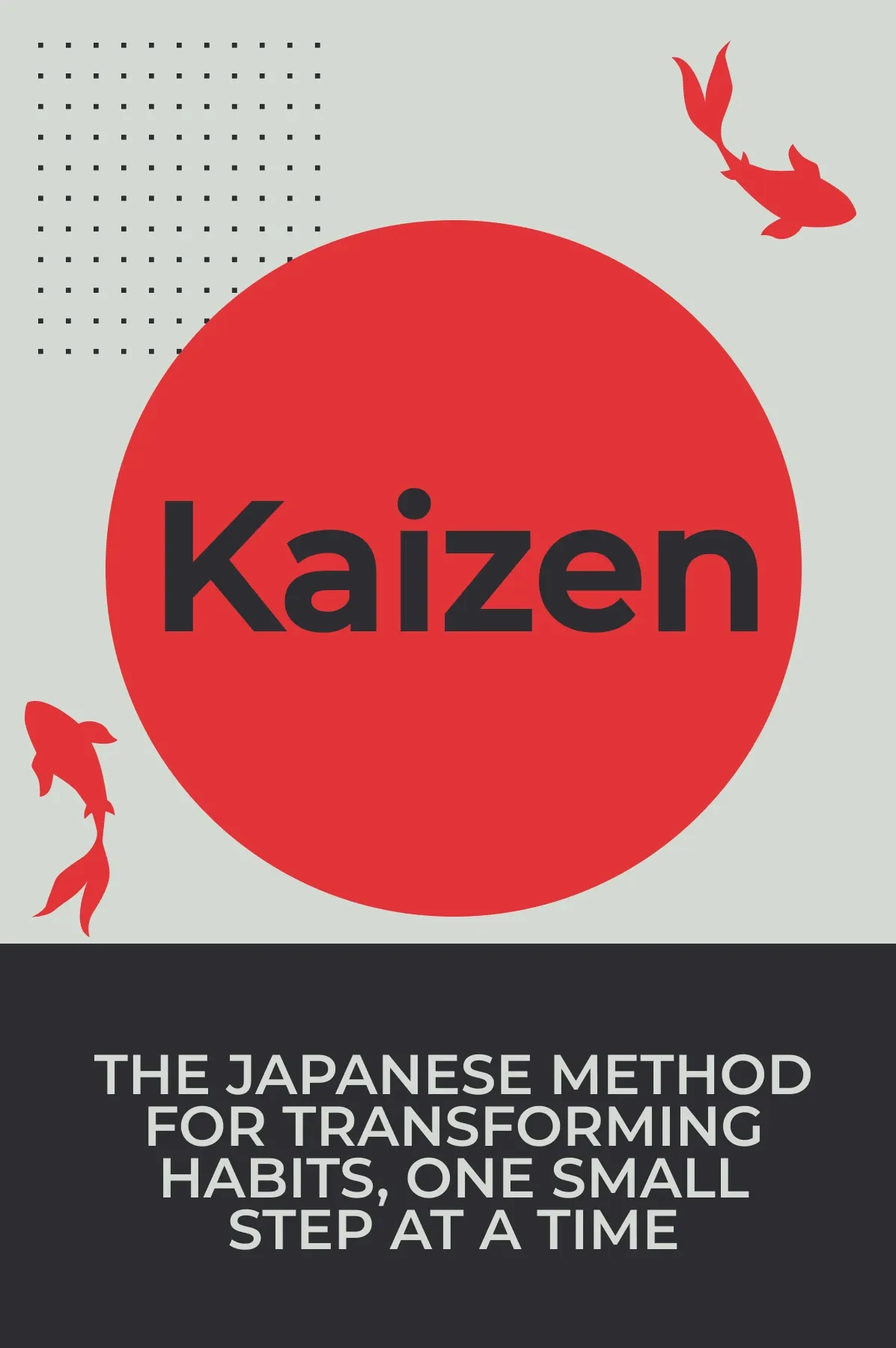
The Little Book of Hygge
Brief Summary
“The Little Book of Hygge” is a delightful guide written by Meik Wiking, the CEO of the Happiness Research Institute in Copenhagen, Denmark. This book introduces readers to the Danish concept of hygge, which is all about embracing cozy moments and finding joy in life's simple pleasures. Wiking offers practical tips and insights on creating a sense of comfort, well-being, and togetherness in everyday life.
Topics
Key points
Key idea 1 of 6
Hygge has caught close attention in recent times. Denmark's consistently high rankings as one of the happiest nations globally is one of the main reasons for that. Denmark secured first position in the World Happiness Report in 2013 and 2016 and claimed third in 2015. These rankings have aroused curiosity about the Danish way of life, including the famous hygge.
From an outsider's perspective, the popularity of hygge in Denmark might seem peculiar. Denmark's weather is primarily gray, and its taxes are notably high. However, Denmark's reputation as a happy country can be attributed to two principal reasons. The first is a generous welfare state, made possible by the aforementioned high taxes. The system provides a solid social safety net, ensuring access to healthcare and education. The second reason, perhaps less tangible, lies in the concept of hygge.
In the early 1800s, the word appeared in written Danish. It was borrowed from Norwegian and initially meant "well-being." While the literal definition of "hygge" often translates to "coziness," it fails to capture the true essence of this Danish concept. Hygge is best understood through personal experience, as it is fundamentally a feeling or mood.
Other cultures have their terms that represent similar concepts. The Germans have "Gemütlichkeit," the Dutch have "gezelligheid," and the Canadians have "hominess," each representing a sense of being at home and finding comfort in one's surroundings. Yet, the Danes have taken hygge to another level where it is deeply intertwined with their conception of self.
Given the deeply embedded nature of hygge in Danish culture, it is fascinating to note the existence of the adjective "hyggelig." It describes something that embodies hygge or has the potential to cultivate it. Consider a cozy café as an example. Despite the coffee not being exceptional or the location being slightly out of the way, one might still adore the place purely because it exudes a sense of quietness and tranquility.
Furthermore, hygge extends beyond adjectives; it even has a verb form. If you plan to spend an afternoon at this café, you might invite a friend to join you and "hygge" together. Suppose you wish to incorporate and embrace this distinctive aspect of Danish identity and culture. In that case, you can adapt its underlying principles to your context.
FAQ
You may also like these summaries











